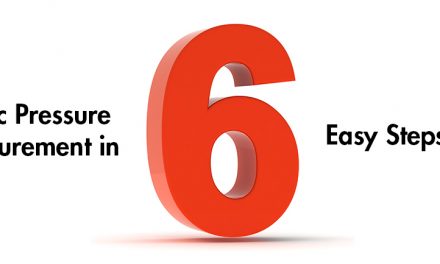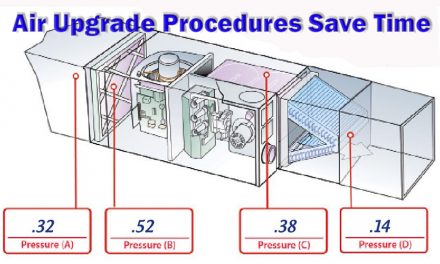‘Seek first to understand, then be understood?
? Stephen Covey

Tom Piscitelli
Wouldn’t it be nice if your customers knew everything about what you do on an HVAC call, completed your in-home survey on their own, wrote the proposal, signed it, and handed you a check?
Don’t bet on that ever happening.
Most homeowners know very little about HVAC, don’t like sales people, don’t trust contractors, and think that getting three bids keeps contractors ‘honest.’
When they invite you into their home, you will often find them guarded, suspicious, reluctant, and challenging. These challenges can seem overwhelming, but they can also serve as a guide to lead you to an improved sales result.
Customer Engagement Creates Value
Customer engagement results from the actions you take which enables the customer to become mentally, emotionally, or physically involved in your call. In other words, asking questions, having her help you take measurements, showing her the dirt on a blower, explaining the consequence of inadequate return air ‘ these are examples of engaging the customer.
You engage in these ways so the customer can learn and understand the importance of proper design, installation, craftsmanship, and more. Involving her in your call differentiates you and adds value that your competitors simply can’t.
Knowledge Isn’t Necessarily Power
My Dad used to send me a weekly newsletter called Boardroom Reports. Four pages in total, it was packed with key points and quotes that were meant to inspire and provoke thought. One memorable and impactful quote was, ‘Knowledge is proud that it knows so much; wisdom is humble that it knows no more.’
Credit for that goes to William Cowper, an 18th century English lord who must have been in sales. In a sales context, to me, this suggests that our technical knowledge has little relevance unless it is useful in helping customers solve a problem and meet a need. The primary source for that information IS the customer.
 Change Your Mindset First
Change Your Mindset First
You have worked very hard at learning all you can about HVAC and know far more than your customers. It’s very tempting to let them know that. You may be wasting your time.
Your customers assume you are the expert, or they wouldn’t have invited you in the first place. If you find yourself doing most or all of the talking, you’re impressing yourself more than your customers.
If you ever thought, or were trained, to ‘control’ the customer by talking, consider changing your mindset. Instead of telling them what you know and what you think they need, invest your time into building rapport, turning that into trust, engaging them with questions, and showing them solutions to their problems. Changing your thinking, and then changing your behaviors, will change your results.
It’s Not a Question of When
Engagement isn’t something you plan to do, it’s what you do. When you change your mindset from telling them what they need to discovering what they want, everything about your call is different. When your CSR sets the appointment, she will set the expectation for the customer’s involvement in the call.
At your meet-and-greet you’ll confirm this and then invite your customer to begin the call at the thermostat with questions about comfort.
You’ll then follow that with a room-by-room survey. Together you will inspect grills and registers and look for clues to problems. This means, of course, taking appropriate airflow measurements, infrared images to determine duct leakage, static pressure readings, or duct measurements.
You’ll do all of this and more, with the customer present, answering their questions about the relevance and importance of each one.
Example Engagement at the Thermostat
‘Can you show me how you operate your thermostat??
‘I’m sure this (thermostat) keeps you comfortable right here. Are there any rooms farther from here that are too hard to heat in the winter or cool in the summer??
‘May I turn on the fan switch? Is that amount of noise typical? If we could quiet the noise down, would that be of interest to you? How about the outdoor unit in the summer, does that noise bother you??
Example Engagement at the Supply Registers
‘I see you have this register closed off. Is there a particular reason why you’ve chosen to do that??
(Removing the registers.) ‘You’ll notice that the sheet metal (boot) isn’t sealed around the edges and you’ll also notice this dirt streaking on your carpet. This is an indication that your duct system has restrictions.
‘That can cause air to be pulled from unconditioned, dirty areas like wall cavities, the attic, or basement. When we take a measurement later, I’ll bet we’ll find that you’ve been bringing air into the house that’s too hot, too cold, too dirty, too dry, or too humid for years.
‘If this is the case, is it something you’ll like to take care of??













Recent Comments